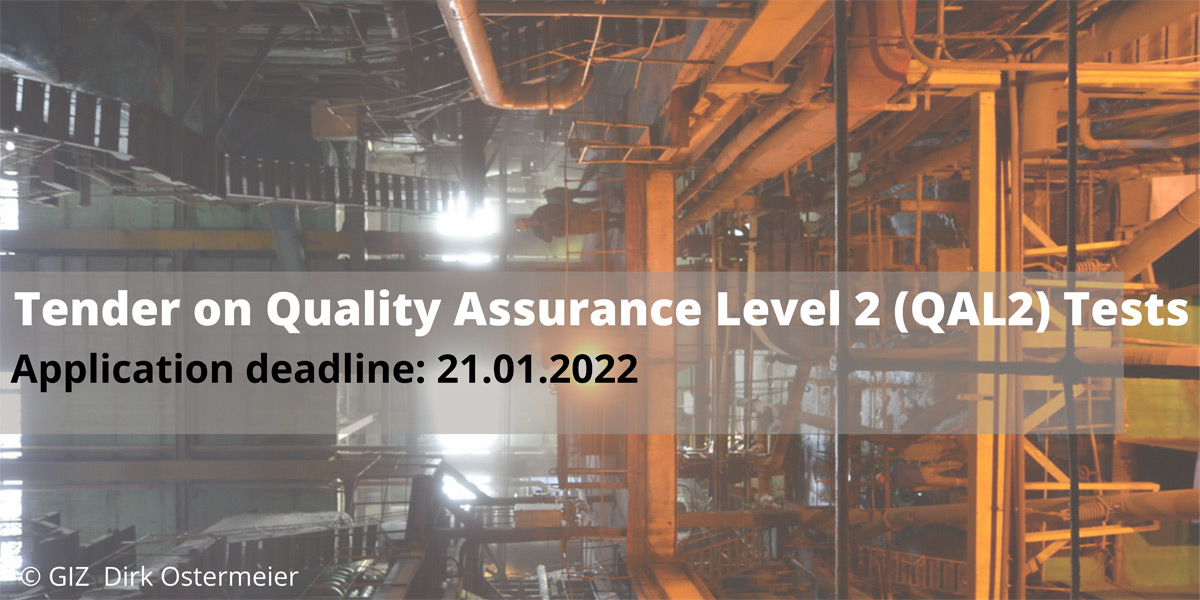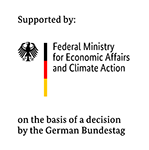To ensure the effective monitoring of N2O emissions in nitric acid production facilities, GIZ is seeking external support from a contractor with relevant expertise and certification for conducting Quality Assurance Level 2 (QAL2) tests.
All interested bidders are encouraged to take part in the tender process until 21 January 2021. You may find additional information and submit your application on the GIZ website and on the EU webiste.
NACAG provides financial support to install N2O abatement equipment in eligible nitric acid plants located in countries that have committed to climate-friendly nitric acid production. The initiative furthermore aims to provide accurate emissions data, as is an indispensable part of the climate-friendly transformation of the nitric acid sector. To this end, it covers the costs of state-of-the-art monitoring technology QAL1. To ensure that the installed monitoring systems provide precise and reliable monitoring data, NACAG also secures the QAL2 tests that meet international standards.
These QAL2 tests will be conducted on automated monitoring systems (AMS) used for measuring N2O emissions in different nitric acid production facilities in selected NACAG partner countries.
The contractor must follow the procedure laid out in the Norm EN 14181:2015-02 and therefore must be accredited for this task according to EN ISO/IEC 17025. This contract will cover a maximum of 20 QAL2 tests in different NACAG partner countries.
In each case, the contractor will conduct an onsite visit at the facility in order to perform the calibration of the AMS using a standard reference method (SRM) and generate a QAL2 report in the English language, including, among other aspects: a brief description of the plant, a brief description of the AMS, the confirmation of the correct installation of the AMS under the recommendations of the manufacturer (and EN 14181 requirements), the calibration curve and the valid calibration range.



